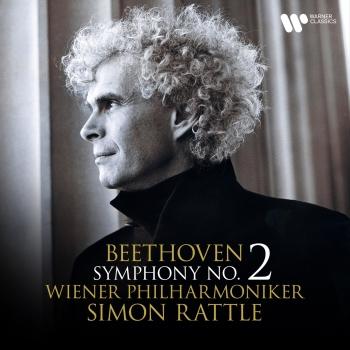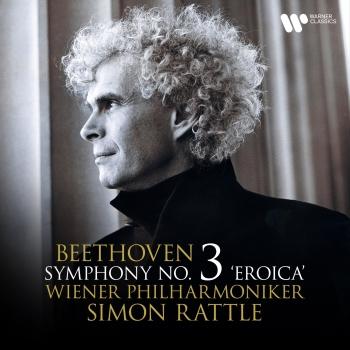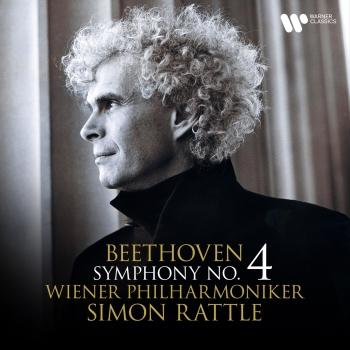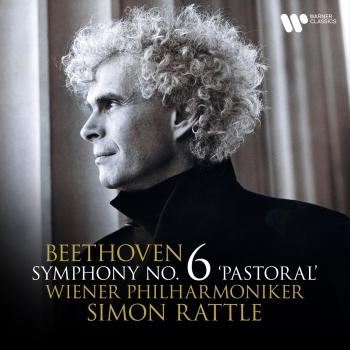
Beethoven: Symphony No. 6, Op. 68 "Pastoral" (Remastered) Wiener Philharmoniker & Simon Rattle
Album info
Album-Release:
2021
HRA-Release:
10.09.2021
Label: Warner Classics
Genre: Classical
Subgenre: Orchestral
Artist: Wiener Philharmoniker & Simon Rattle
Composer: Ludwig van Beethoven (1770–1827)
Album including Album cover
I`m sorry!
Dear HIGHRESAUDIO Visitor,
due to territorial constraints and also different releases dates in each country you currently can`t purchase this album. We are updating our release dates twice a week. So, please feel free to check from time-to-time, if the album is available for your country.
We suggest, that you bookmark the album and use our Short List function.
Thank you for your understanding and patience.
Yours sincerely, HIGHRESAUDIO
- Ludwig van Beethoven (1770 - 1827): Symphony No. 6 in F Major, Op. 68 "Pastoral":
- 1 Beethoven: Symphony No. 6 in F Major, Op. 68 "Pastoral": I. Allegro ma non troppo 12:36
- 2 Beethoven: Symphony No. 6 in F Major, Op. 68 "Pastoral": II. Scene am Bach. Andante molto moto 12:20
- 3 Beethoven: Symphony No. 6 in F Major, Op. 68 "Pastoral": III. Lustiges Zusammensein der Landleute. Allegro 05:24
- 4 Beethoven: Symphony No. 6 in F Major, Op. 68 "Pastoral": IV. Gewitter. Sturm. Allegro - 03:59
- 5 Beethoven: Symphony No. 6 in F Major, Op. 68 "Pastoral": V. Hirtengesang. Frohe und dankbare Gefühle nach dem Sturm. Allegretto 10:20
Info for Beethoven: Symphony No. 6, Op. 68 "Pastoral" (Remastered)
Beethoven’s Sixth evolves as an exploration of an unemphatic harmonic progression that embodies a feeling of calm. Beethoven employs this exploration in charting the broad structure of the symphony’s movements individually, and of the work as a whole. The first movement prefigures the aura of calm by drawing out harmonies over uncharacteristically long spans, spacious expanses of serene relaxation in which the ear is busied only by the surface details of fragmented melodies. So when the first movement returns to action after its opening phrase, it quickly stumbles into a sort of stuttering repetition. The same melodic fragment is repeated verbatim through ten measures, changed only by a swelling and then a diminishing of volume, with the bassoons reinforcing the texture at the loudest point. Similar repetitions appear elsewhere in the movement. The harmony can prove just as static as the melody. In fact, the first movement is practically devoid of dissonance—the spice of harmony—and even minor chords are nearly banished. Like a good recreation director at a summer retreat, Beethoven is forcing his audience to relax. The proceedings do not grow bland, however, thanks in part to the composer’s ingenious use of rhythmic dissonance, with conflicting groups of two and three notes overlapping in the same spaces of time.
Wiener Philharmoniker
Sir Simon Rattle, Dirigent
No biography found.
This album contains no booklet.

















